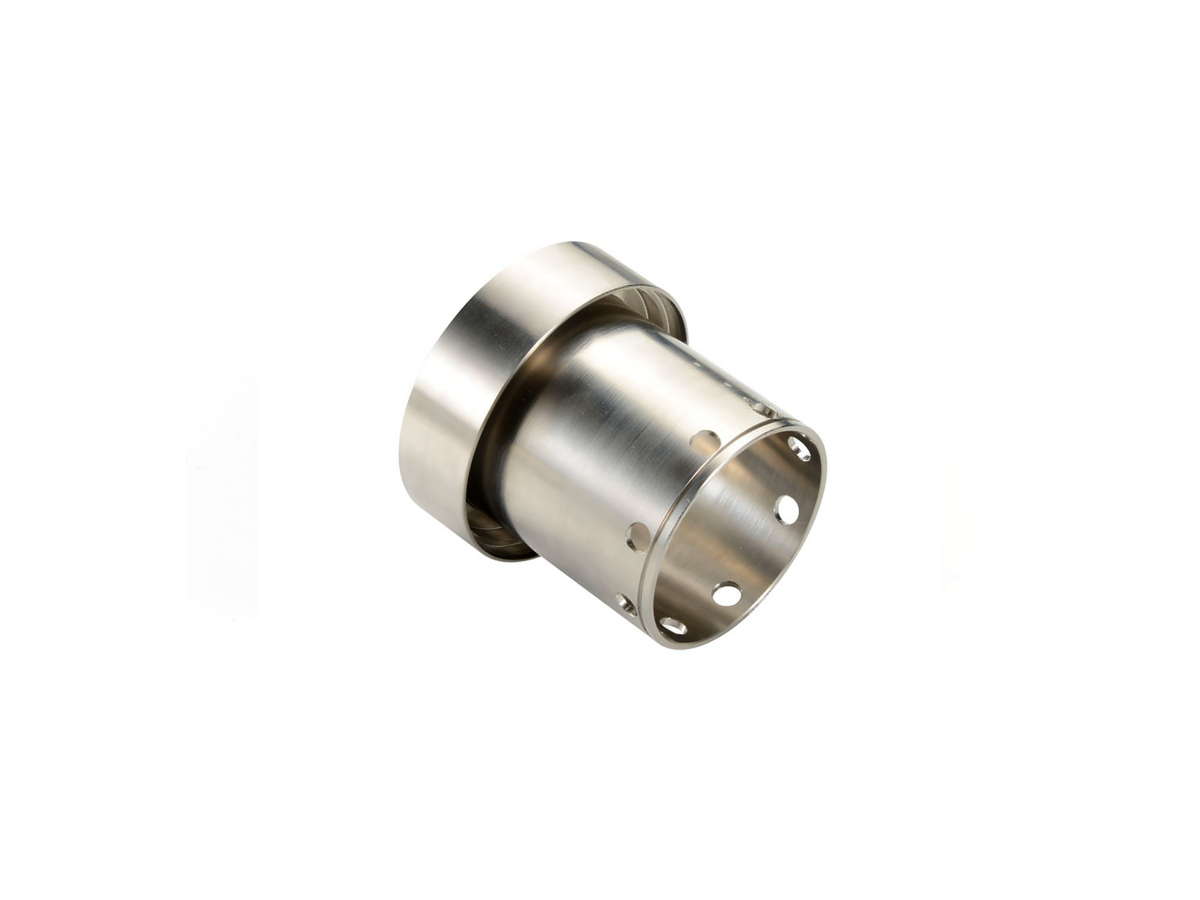Carbon Steel Prototyping Services: Achieving Strength and Durability Through CNC Machining
Introduction
Carbon steel is a robust, versatile material favored for its exceptional strength, durability, and cost-effectiveness. It is a prime candidate for CNC machining in sectors like automotive, industrial machinery, and agriculture equipment. CNC prototyping of carbon steel parts ensures precise dimensional accuracy (±0.005 mm), excellent surface finish, and reliable performance validation for critical applications.
With advanced carbon steel CNC machining, engineers rapidly develop and optimize prototypes, effectively testing designs and ensuring high-quality outcomes, ultimately accelerating product development cycles.
Carbon Steel Material Properties
Material Performance Comparison Table
Material | Tensile Strength (MPa) | Yield Strength (MPa) | Density (g/cm³) | Hardness (HRC) | Typical Applications | Advantages |
|---|---|---|---|---|---|---|
585 | 450 | 7.85 | 20-30 | Shafts, gears, pins | Good machinability, high strength | |
440 | 370 | 7.87 | 15-25 | Structural parts, brackets | Excellent weldability, easy machinability | |
655 | 415 | 7.85 | 28-32 | Mechanical components, automotive parts | High strength, toughness, wear resistance | |
400-550 | 250 | 7.85 | 10-20 | Structural plates, fixtures | Cost-effective, good weldability |
Material Selection Strategy
Selecting carbon steel for CNC prototyping depends on specific strength, hardness, and machinability needs:
1045 Steel is optimal for robust mechanical prototypes like gears and shafts due to its balance of strength (tensile 585 MPa) and machinability.
1018 Steel provides excellent machinability and weldability, ideal for structural and general-use prototyping requiring moderate strength (yield 370 MPa).
4140 Steel is chosen for demanding prototypes needing superior toughness, hardness (HRC 28-32), and high tensile strength (up to 655 MPa), commonly used in automotive components.
A36 Steel is a versatile, economical choice suited for structural prototypes, fixtures, and frames due to its cost-effectiveness and ease of machining.
CNC Machining Techniques for Carbon Steel Prototypes
CNC Machining Process Comparison
CNC Process | Accuracy (mm) | Surface Finish (Ra µm) | Applications | Advantages |
|---|---|---|---|---|
±0.01 | 0.4-0.8 | Complex structures, brackets | High precision, versatile geometry capability | |
±0.005 | 0.4-1.2 | Shafts, cylindrical parts | Precise dimensional control, excellent repeatability | |
±0.01 | 0.6-1.2 | Precision holes, fittings | Accurate hole placement and size | |
±0.005 | 0.2-0.4 | High-tolerance fittings, precision parts | Ultra-high accuracy, tight tolerance adherence |
CNC Process Selection Strategy
Choosing the right CNC machining method for carbon steel prototyping involves considering precision, complexity, and production speed:
CNC Milling efficiently creates complex, multi-feature components, suitable for detailed structural prototypes and custom parts.
CNC Turning is optimal for prototypes requiring precise rotational symmetry and tight dimensional tolerances (±0.005 mm), such as shafts or axles.
CNC Drilling ensures accurate hole placement for assemblies and fixtures, providing reliable alignment within ±0.01 mm.
Precision Machining guarantees tight tolerances and ultra-accurate prototypes critical for high-performance mechanical components.
Surface Treatments for CNC Machined Carbon Steel Prototypes
Surface Treatment Comparison
Treatment Method | Hardness (HV) | Corrosion Resistance | Max Temp (°C) | Applications | Key Features |
|---|---|---|---|---|---|
Base Material | Good | 200°C | Gears, shafts | Corrosion resistance, improved appearance | |
Base Material | Excellent | 420°C | Structural frames, fittings | Superior corrosion protection | |
1000-1200 | Excellent | 550°C | High-wear components, gears | Increased surface hardness, wear resistance | |
300-400 | Excellent | 180°C | Automotive parts, consumer products | Durable finish, corrosion and scratch resistance |
Surface Treatment Selection Strategy
Surface treatments extend durability, enhance appearance, and protect carbon steel prototypes:
Black Oxide Coating provides moderate corrosion protection and an aesthetically pleasing black finish for mechanical components.
Galvanizing offers superior corrosion resistance that is ideal for structural components exposed to harsh environments.
Nitriding increases surface hardness significantly (up to 1200 HV), enhancing wear resistance for high-performance parts such as gears and drive shafts.
Powder Coating delivers a robust protective coating with high scratch and corrosion resistance, ideal for automotive and industrial prototypes.
Typical Prototyping Methods
CNC Machining Prototyping: Precision machining within ±0.005 mm accuracy, ideal for verifying fit, form, and function of carbon steel prototypes.
3D Prototyping: Quick validation of initial concepts with ±0.1 mm accuracy, useful for early-stage iterative testing.
Rapid Molding Prototyping: Efficiently produces prototype batches (±0.05 mm accuracy) to evaluate performance under realistic operating conditions.
Quality Assurance Procedures
CMM Inspection (ISO 10360-2): Precise dimensional verification within ±0.005 mm.
Surface Roughness Analysis (ISO 4287): Confirms surface finishes (Ra ≤0.2 µm).
Material Composition Verification (ASTM E415): Ensures chemical consistency of carbon steel alloys.
Hardness Testing (ASTM E18): Validates hardness levels (HRC 20-32).
Mechanical Property Testing (ASTM E8): Tensile and yield strength assessments.
ISO 9001:2015 Certification: Maintains quality standards, consistency, and traceability throughout prototype production.
Key Industry Applications
Automotive drivetrain components
Industrial machinery parts
Agricultural equipment
Structural frameworks
Related FAQs:
Why use carbon steel for CNC prototyping?
What CNC processes are ideal for carbon steel components?
How do surface treatments enhance carbon steel prototypes?
What quality controls are involved in carbon steel CNC machining?
Which industries typically utilize CNC machined carbon steel prototypes?

